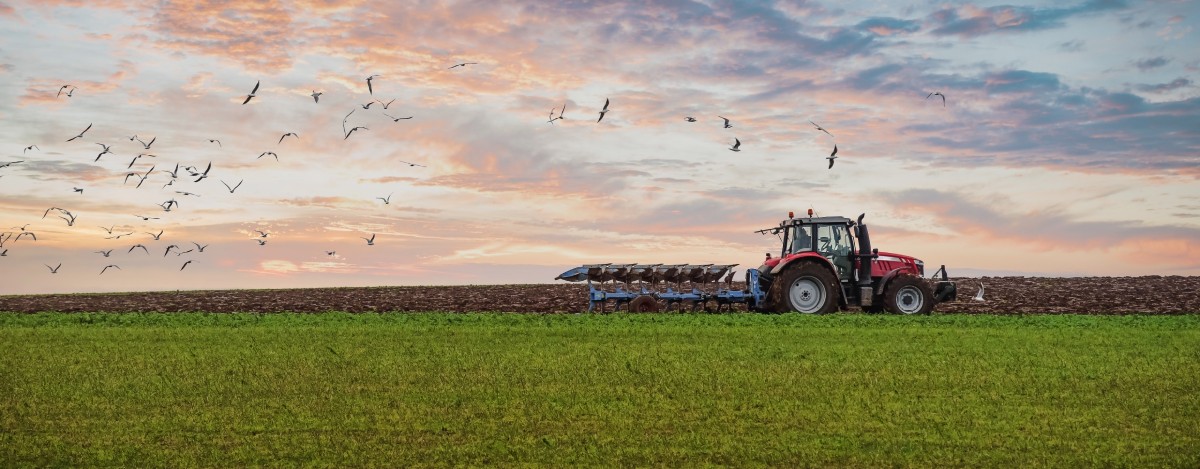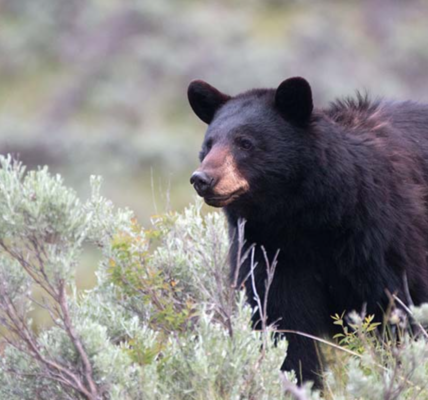Climate change is a hot topic these days, but its impact is especially pronounced in agriculture. Whether you’re a farmer, landowner, or homesteader, adapting to evolving weather patterns is critical to maintain viability. This article explores five things farmers have adjusted for climate change and why these adjustments are vital to future success.
Diversifying Crop Selection for Changing Weather Patterns
When it comes to farming, diversification is not just about variety—it’s a survival tactic. Farmers are choosing crops that can withstand unpredictable weather.
From drought-tolerant grains to flood-resistant vegetables, this diversification helps farmers maintain yields despite climate challenges. By adopting diverse crops, farmers can hedge against the risk of crop failure due to unexpected weather swings.
Water-Saving Techniques and Irrigation Management
Water is the lifeblood of farming, but climate change makes it scarce. Farmers have turned to innovative irrigation techniques like drip and sprinkler systems to conserve water. These methods deliver water directly to the plant roots and minimize water waste.
Some farmers use soil moisture sensors to optimize water usage further. These advanced techniques make sure every drop counts, making them indispensable for modern agriculture.
Agroforestry for Improving Soil Health and Biodiversity
Agroforestry combines agriculture and forestry practices to enhance biodiversity and soil health. By planting trees alongside crops, farmers create natural barriers against harsh winds and provide shade.
Trees also retain soil moisture and prevent erosion. This practice supports a more resilient agricultural ecosystem. Agroforestry is profoundly beneficial for the environment and for the farmers’ bottom line, as it increases yield potential.
Using Climate-Resilient Crops and Breeds
To thrive in a changing climate, farmers are selecting breeds and crops that can endure climate stressors. These resilient varieties can survive in extreme temperatures and resist pests and diseases more effectively.
By focusing on climate-resilient options, farmers protect their crops and increase food security. The use of such breeds is a proactive step toward sustainable agriculture. Furthermore, Oregon farmers should develop resilience strategies that prioritize climate-resilient choices for future-proof farming, including climate-resilient crops and breeds.
Community-Based Climate Information Sharing
The power of community cannot be underestimated in times of change. Farmers are increasingly participating in community-based information-sharing networks. These platforms allow farmers to exchange vital data on weather patterns and successful adaptation techniques.
By collaborating, farmers and landowners can make informed decisions about planting and harvesting. This community approach fosters a more resilient farming community.
Adjusting for climate change is not optional for farmers—it’s vital. By diversifying crops, saving water, adopting agroforestry, using resilient breeds, and engaging with the community, farmers are paving the way for a sustainable future despite weather-based challenges.





